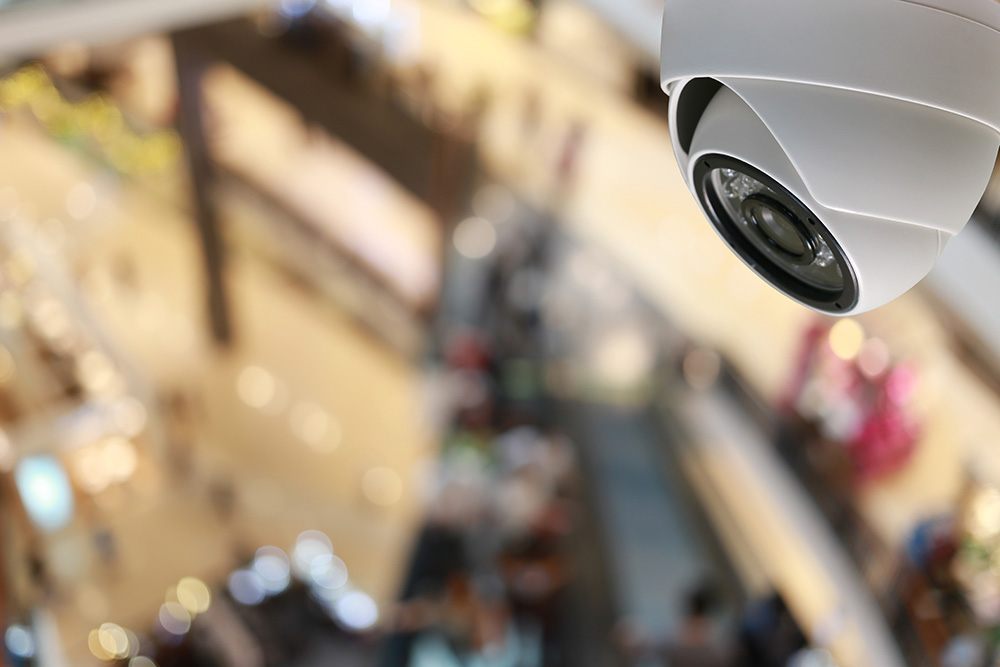Introduction
The threat of violence and crime is a constant concern for individuals, businesses, and governments worldwide. CCTV cameras have long been used to monitor public spaces and deter criminal activity. However, they have limitations in detecting dangerous behavior in real-time, and it’s crucial to be able to do that to prevent any harm from being done. Advances in artificial intelligence (AI) have made it possible to develop systems that can quickly and accurately identify potential threats and alert authorities before harm is done. This article will explore the potential of real-time AI detection in CCTV surveillance and its impact on public safety.
How Real-Time AI Detection Works
The first step in implementing real-time AI detection is to collect a large amount of labeled data. Data labeling is the process of annotating data to provide information about specific features or characteristics. In the case of real-time AI detection, the data labeling process involves marking behaviors that indicate potential threats, such as carrying a gun or shooting. The annotated data is then used to train AI algorithms to recognize these behaviors.
Real-time AI detection uses several technologies, including computer vision, natural language processing, and machine learning. Computer vision involves teaching computers to recognize and interpret visual data, such as images or videos. Natural language processing involves teaching computers to understand and interpret human language. Machine learning involves teaching computers to learn from data and improve their performance over time.
Technical Challenges
While real-time AI detection has the potential to significantly improve public safety, there are several technical challenges that must be overcome. One of the biggest challenges is the processing of large amounts of video data in real-time, which requires significant computational power. The system must also be able to deal with variable lighting conditions and complex environments, as well as minimize false positives and false negatives. False positives occur when the system identifies behavior as dangerous when it is not, while false negatives occur when the system fails to identify dangerous behavior.
To minimize false positives and false negatives, real-time AI detection systems must be trained on large and diverse data sets. The data sets must include a wide range of behaviors and scenarios, and the system must be able to adapt to new situations as they arise.
Another technical challenge is integrating real-time AI detection with existing CCTV systems. This integration involves designing a system that can analyze live video feeds and trigger alerts or notifications to authorities. The system must be able to integrate with existing cameras and software, and the data must be secure and accessible to authorized personnel only.
Ethical Considerations
The use of AI technology in public spaces raises important ethical considerations, particularly when it comes to balancing public safety with privacy concerns. It is essential to ensure that the technology is used in a way that respects individuals’ rights and avoids discrimination and bias. Additionally, transparency and accountability are crucial to maintaining public trust in the technology and its use.
One of the main concerns regarding real-time AI detection is privacy. The use of CCTV cameras raises questions about surveillance and the right to privacy. The implementation of real-time AI detection systems must be accompanied by clear guidelines and regulations to protect individuals’ privacy.
Another concern is bias and discrimination in AI algorithms. AI algorithms are only as good as the data they are trained on. If the data is biased, the algorithms will be biased as well. It is essential to ensure that the data used to train AI algorithms is diverse and representative of the population as a whole. Additionally, it is crucial to regularly audit and test the AI algorithms to detect and correct any biases that may exist.
Finally, there are concerns about the potential for abuse of real-time AI detection technology. It is important to ensure that the technology is only used for its intended purpose and not for other purposes, such as monitoring political dissidents or suppressing free speech.
Future of Real-Time AI Detection
Real-time AI detection has the potential to revolutionize public safety and law enforcement. As technology continues to develop, it will become more accurate, efficient, and cost-effective. Real-time AI detection can be applied not only to CCTV surveillance but also to other areas, such as traffic monitoring, border security, and emergency response.
One area where real-time AI detection can have a significant impact is in mass shootings and other public safety incidents. By quickly identifying potential threats, authorities can respond faster and more effectively, potentially saving lives.
Real-time AI detection can also be used to monitor areas that are difficult or dangerous for humans to access, such as construction sites or hazardous waste sites. By deploying cameras with real-time AI detection capabilities, authorities can monitor these areas and quickly respond to any potential safety hazards.
Conclusion
Real-time AI detection has the potential to significantly improve public safety and law enforcement. By using advanced algorithms and technologies to analyze live video feeds, authorities can quickly identify potential threats and respond more effectively. However, there are also significant technical and ethical challenges that must be addressed to ensure that the technology is used in a way that respects individual rights and avoids bias and discrimination.
As technology continues to develop, it is important to strike a balance between public safety and individual rights. By developing clear guidelines and regulations, investing in diverse and representative data sets, and regularly auditing and testing the algorithms, we can ensure that real-time AI detection technology is used effectively and responsibly.


